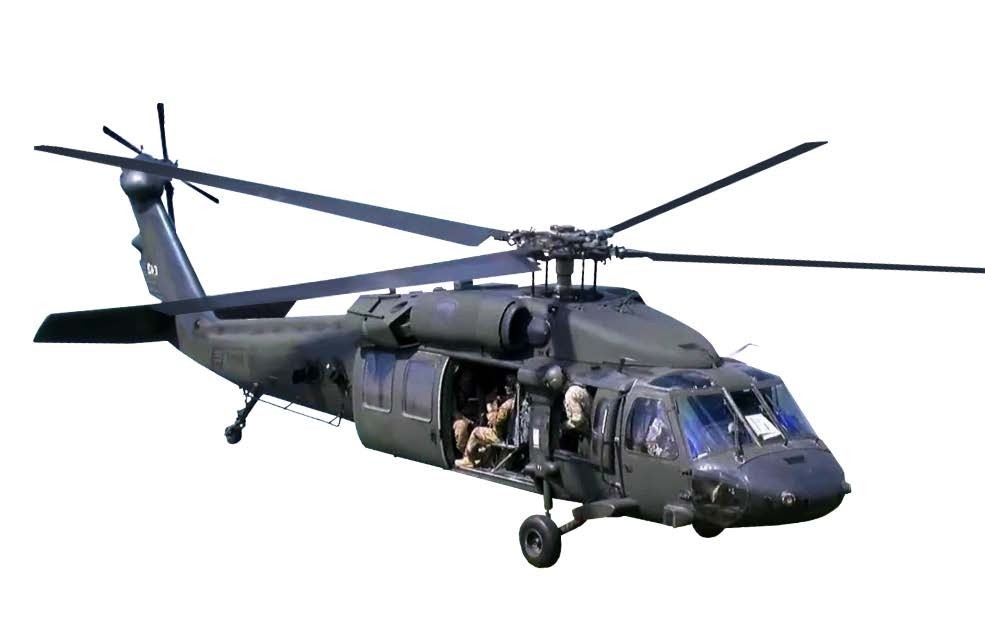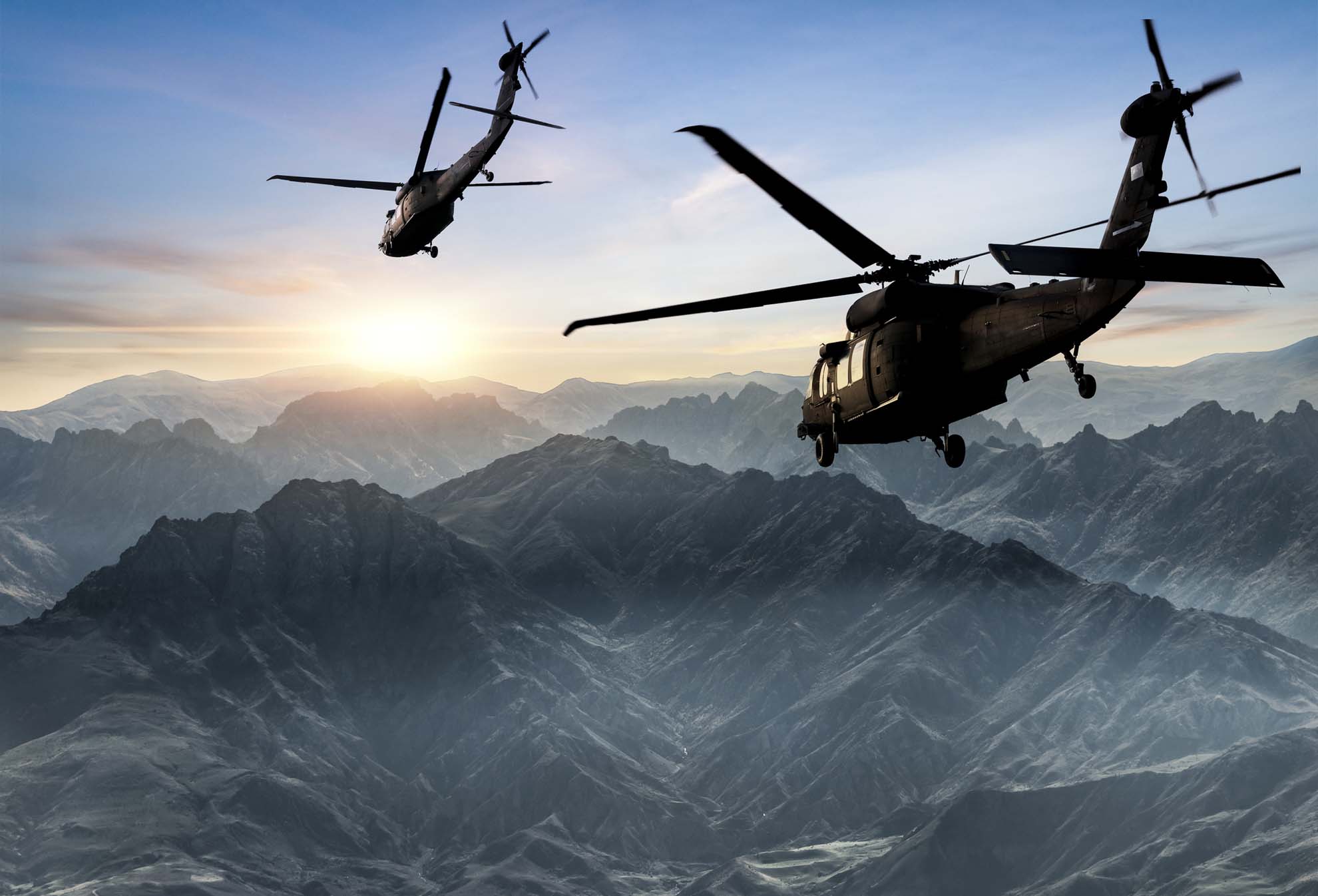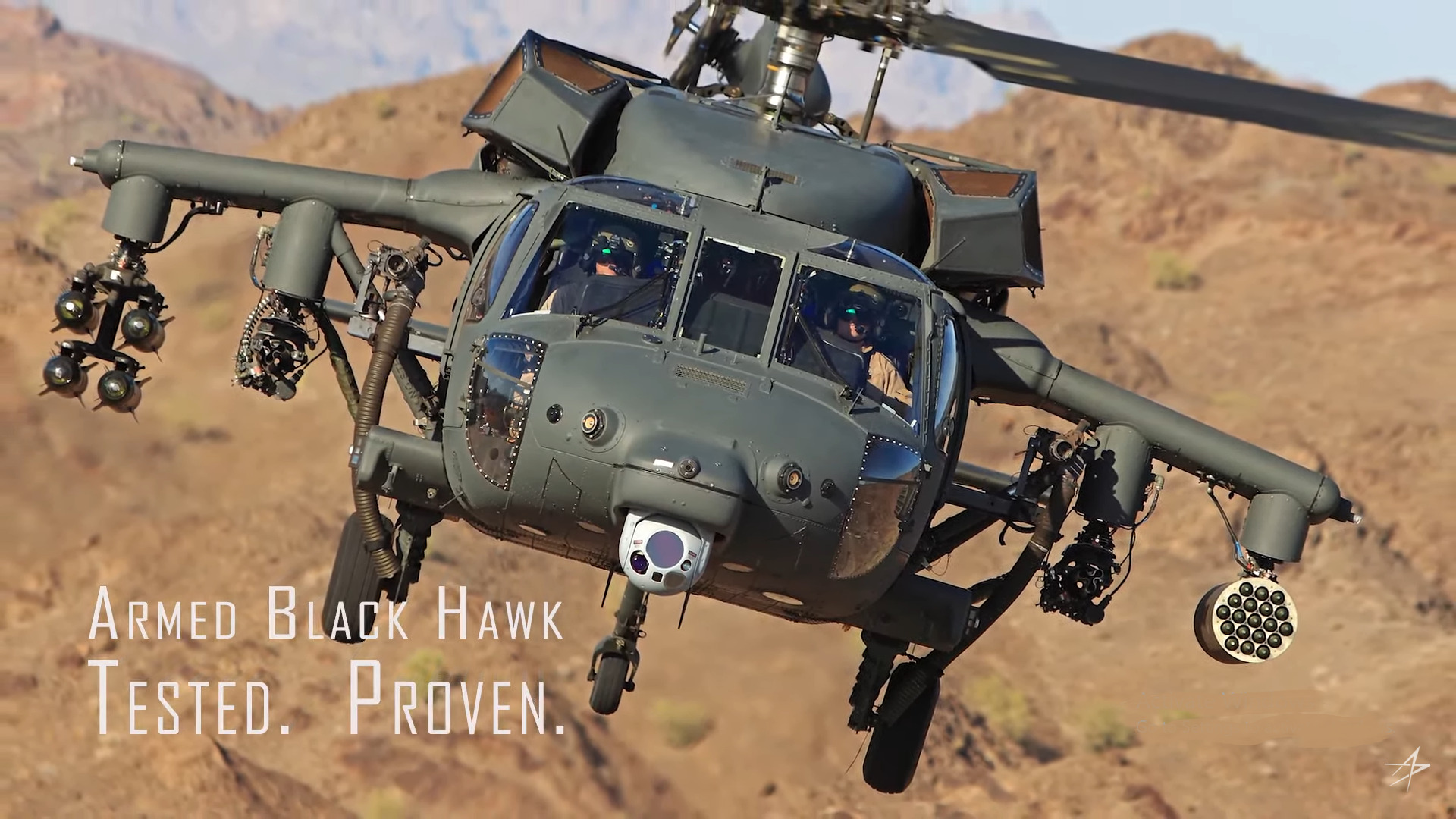Blackhawk Helicopters: Revolutionizing Army and Civil Aeronautics
The introduction of Blackhawk helicopters in the late 1970s noted a significant evolution in both civil and army aviation. As we analyze their extensive impact, it is vital to take into consideration the future trajectory of Blackhawk air travel and the difficulties that may exist in advance in a swiftly altering landscape.
Background of Blackhawk Helicopters
Historically, the growth of Blackhawk helicopters started in the 1960s, driven by the United States Military's requirement for a flexible energy airplane to replace the aging fleet of helicopters in service at that time. The Military sought a platform that might perform a selection of goals, consisting of army transport, medical evacuation, and logistical support, with enhanced range, haul, and rate capacity. In 1972, Sikorsky Aircraft Company was awarded the contract for the brand-new design, which would certainly come to be understood as the UH-60 Blackhawk.
The very first flight of the prototype happened in 1974, and by 1979, the Blackhawk went into service, quickly becoming a cornerstone of the Military's aviation capacities. Over the years, the Blackhawk has actually undergone many upgrades, guaranteeing its relevance in contemporary war while additionally paving the way for its adjustment in civil aviation functions, even more solidifying its status as an iconic aircraft.
Military Applications and Impact
The convenience of the UH-60 Blackhawk has actually made it an essential property in numerous armed forces applications since its introduction. Made for multi-role capacities, the Blackhawk supports army transport, medevac procedures, reconnaissance goals, and logistical support. Its ability to operate in varied settings, from metropolitan setups to tough surfaces, improves its effectiveness in combat and altruistic goals alike.
Blackhawks have played essential functions in many army procedures, including the Gulf War and operations in Somalia and Iraq. They master rapid troop deployment and discharge, dramatically boosting functional efficiency and response times. The helicopter's sophisticated avionics and flight systems permit precision objectives under negative weather condition conditions and in the evening, therefore optimizing mission success rates.
In Addition, the Blackhawk's robust building and construction and effective performance enable it to hold up against hostile environments, making it a preferred option for unique operations pressures. Its influence extends past direct combat functions, as it has actually also contributed in calamity alleviation and recuperation initiatives, showcasing its adaptability and integrity. The continued development of the Blackhawk's abilities ensures its importance in modern-day armed forces approach, solidifying its heritage as a cornerstone of army air travel.
Technological Technologies
Numerous technological innovations have dramatically enhanced the capacities of the UH-60 Blackhawk, guaranteeing it remains at the forefront of armed forces aviation. Among one of the most significant innovations is the integration of innovative avionics systems, which provide pilots with real-time data, optimizing situational understanding and decision-making. The intro of digital cabin display screens changes traditional analog instruments, reducing and enhancing procedures pilot workload.
In addition, the unification of composite materials has boosted the helicopter's architectural honesty while lowering weight, therefore boosting fuel performance and haul ability. The Blackhawk's blades system has actually additionally evolved, including quieter and a lot more reliable blades that reduce sound signatures, essential for hidden operations.
Furthermore, the execution of fly-by-wire technology boosts flight control precision and security, permitting for better performance in numerous atmospheres. Boosted communication systems make it possible for protected and reliable information exchange, facilitating worked with objectives.
The versatility of the Blackhawk has likewise been increased through modular design, enabling rapid reconfiguration to meet diverse goal needs. These advancements collectively make certain that the UH-60 Blackhawk continues to be an important property in the collection of modern-day army forces, with the ability of reacting effectively to an array of operational challenges.
Private Citizen Profits and uses


Additionally, Blackhawks are employed in firefighting procedures, specifically in tough surfaces. Furnished with water buckets or airborne firefighting innovations, they improve the capabilities of ground crews, enabling more effective responses to wildfires. Moreover, the helicopters have discovered duties in police and search-and-rescue goals, reinforcing public safety and security initiatives in metropolitan and wild setups.
In the realm of infrastructure support, Blackhawk helicopters are utilized for transportation of employees and equipment to hard-to-reach areas, such as oil well and remote building sites. The versatility of these airplane, combined with their durable layout, offers both efficiency and dependability, making them indispensable assets throughout numerous sectors in the civilian landscape. Therefore, the Blackhawk helicopter remains to make substantial contributions beyond its army heritage.
Future of Blackhawk Aeronautics
Emerging modern technologies and shifting functional demands are poised to shape the future of Blackhawk air travel considerably. As civilian and military industries significantly prioritize adaptability and performance, developments such as sophisticated avionics, expert system, and boosted materials will redefine the capacities of Blackhawk helicopters - Blackhawk Helicopter. These developments will certainly not just enhance trip efficiency but additionally enhance goal preparation and implementation with real-time data evaluation and decision-making assistance

Moreover, sustainability will certainly end up being a prime focus in future Blackhawk designs. Developing hybrid or electrical propulsion systems might decrease the ecological influence of noncombatant and military Continue procedures, aligning with worldwide efforts to page combat environment modification.
Conclusion
Finally, Blackhawk helicopters have dramatically transformed both army and civil aeronautics since their inception. Their multi-role abilities have confirmed vital in different operational contexts, from battle to emergency situation services. Technological developments have actually further improved their efficiency and convenience, making sure ongoing relevance in modern air travel. As future advancements in aviation technology emerge, the Blackhawk's duty is most likely to expand, solidifying its standing as a crucial property throughout varied industries in the coming years.
The introduction of Blackhawk helicopters in the late 1970s marked a substantial evolution in both civil and armed forces air travel. The ongoing development of the Blackhawk's capabilities ensures its importance in modern-day armed forces approach, strengthening its heritage as a keystone of military air travel.
Numerous technological innovations have actually considerably enhanced the capabilities of the UH-60 Blackhawk, ensuring it continues to be at the leading edge of military air travel. As noncombatant and armed forces fields significantly focus on versatility and effectiveness, developments such as innovative avionics, artificial intelligence, and enhanced products will certainly redefine the capacities of Blackhawk helicopters.In final thought, Blackhawk helicopters have actually dramatically informative post transformed both armed forces and civil aviation because their beginning.
Comments on “Why the Blackhawk Helicopter Remains To Lead in Versatile and Dependable Airplane”